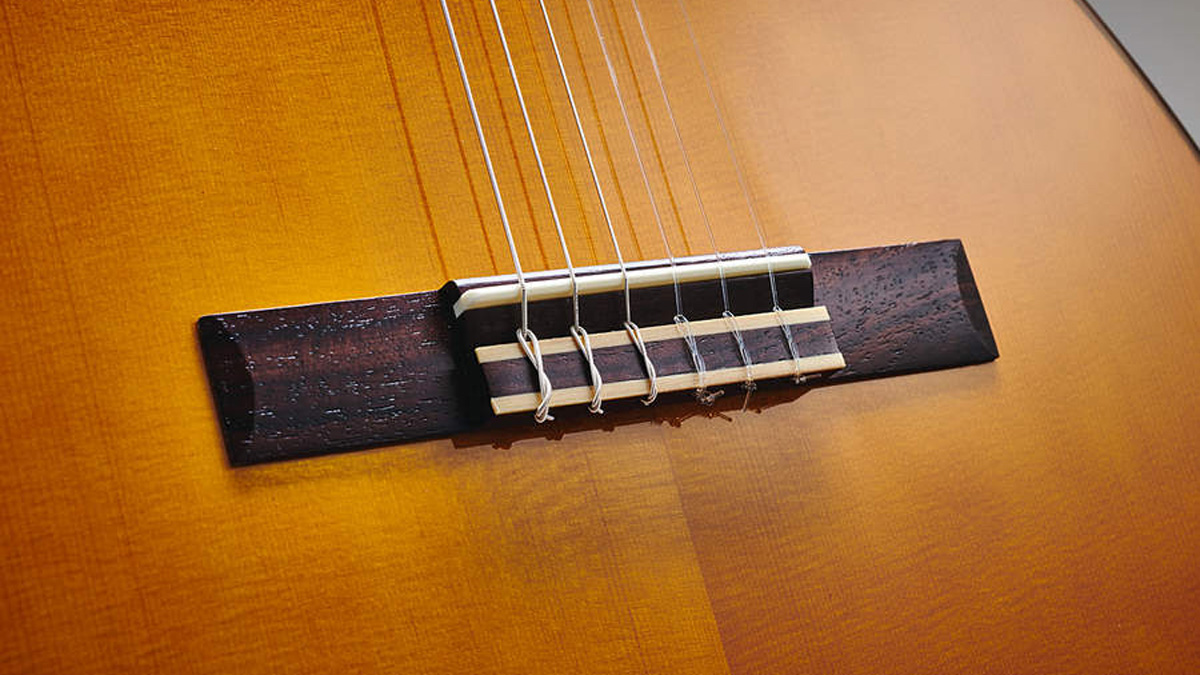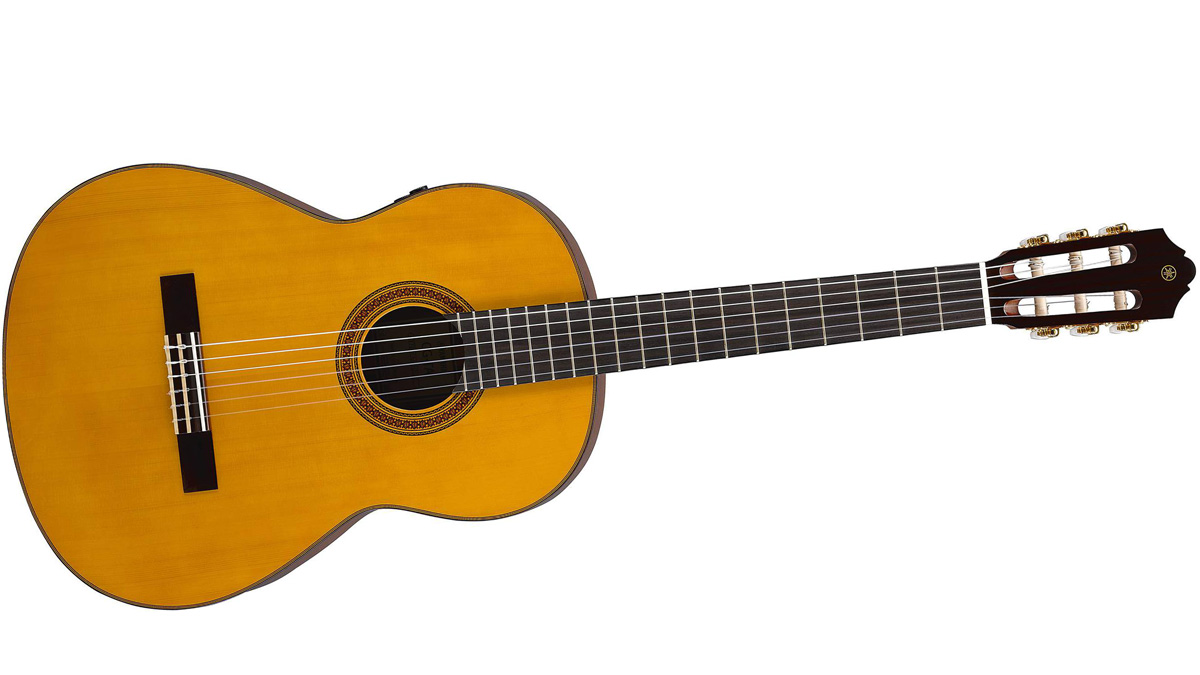MusicRadar Verdict
There are better acoustic guitars for the money, but none have the built-in effects that make this the best showcase of Yamaha's TransAcoustic technology yet.
Pros
- +
Effects meld perfectly with nylon-string tonality
- +
Easy to play
Cons
- -
Essentially a build worth half the price
MusicRadar's got your back
Preconceptions are a part of our lives as guitar players, but they can be obstacles - you can’t use a single-coil for heavy riffs, tapping is for shredders and nylon string guitars are only for flamenco and classical music... all wrong, but the assumptions continue.
While many of us might have got to grips with a bashed-up charity shop classical guitar, we usually moved on to steel-string acoustics or an electric. Are we missing out?
There’s a unique feel and tonality to nylon strings that can bring things out of us no other guitar will. Good examples encourage you to dump the pick for finger skin on string action; a softer approach pays dividends, and the wider necks are great for newcomers to fingerstyle.
Arpeggios take on new dramatic textures, and because bending nylon strings higher than the A strings gets you nowhere in particular, they coax more lead fluidity from us. Yamaha seems well aware of this and has a way to make all that even better. So much so it might just win you round to the classical guitar cause.
The TransAcoustic technology here is now three years old - after the launch of the solid wood L-series model and the laminated and more affordable F series guitars last year that we tested, there’s now a compact CSF guitar and this CG.
TransAcoustic technology uses the guitar’s own body as the ‘speaker’ for built-in reverb and chorus effects without any need for an amp or pedals; the circuitry is inside the guitar. It was inspiring on the previous models, but with the marriage of reverb and classical guitar here, it’s made in heaven.

The guitar itself is a standard classical body with solid spruce top, laminated ovangkol back and sides with a nato neck. Yamaha have form for producing bang for buck on the classical side; build and playability here are pleasing for your first classical guitar candidate.
The satin finish on the back of the neck dispels the thick gloss memories of guitars past and the setup is welcoming. A 60mm string spacing at the bridge is going to take adjustment if you’ve been away from this style of guitar but we soon found ourselves at home with its low action.
The build spec here is the same as the £328 Yamaha CG162S, and the level of projection here is what we would expect from that price point. It’s not unfair to say this doesn’t seem like a £600 guitar on build spec and pure acoustic sound. What you are getting for that extra £291 is the TransAcoustic technology and SRT piezo. So what does that really add up to for a player?
The reality for most guitarists is they often play alone. So anything that makes that experience more inspiring and addictive is valuable, right? And when you start to dial in the TransAcoustic reverb here this instrument becomes hard to put down because it truly enhances the rounded tonality of this guitar type.
Moving from room to hall with the control to suite your own taste, it’s simply the perfect marriage; parts you’ve played a hundred times take on a whole new sense of atmosphere as the notes echo out with convincing authenticity. You can be sat in your lounge and transported to a cathedral. And it really encourages solo lead playing without accompaniment.
There are certainly better classical guitars out there for the same money, even in Yamaha’s own range. But none have the TransAcoustic element
The chorus effect gets you into Sting and Nothing Else Matters territory and we found ourselves reining it back to avoid overtly AOR tonality. The reverb is the main event here, making this kind of guitar shine in a way that makes other effects unnecessary. Best of all, you can take this experience anywhere with you, getting that reverb atmosphere without the compromises of piezo electro tone.
The CG-TA’s worth is dependent on what’s important to you. There are certainly better classical guitars out there for the same money, even in Yamaha’s own range. But none have the TransAcoustic element. It’s something that could be your go-to writing guitar in the house or a travelling companion, but if you’re serious about a classical guitar you can grow with, it might not go the distance.
Nevertheless, we think it’s the best showcase platform for the reverb side of Yamaha’s TransAcoustic technology to date and sitting down with it in a store could prove to be a persuasive experience.
- More of the best Yamaha acoustic guitars
Total Guitar is Europe's best-selling guitar magazine.
Every month we feature interviews with the biggest names and hottest new acts in guitar land, plus Guest Lessons from the stars.
Finally, our Rocked & Rated section is the place to go for reviews, round-ups and help setting up your guitars and gear.
Subscribe: http://bit.ly/totalguitar
“I called out to Mutt and said, ‘How about this?’... It was a complete fluke": How Def Leppard created a rock anthem - with a little bit of divine intervention
Baby Audio's Smooth Operator spectral balancing plugin goes pro
"It was ugly, like watching a divorce between four people. After a while, I had to get out": Beatles engineer Geoff Emerick on the recording of Abbey Road, track-by-track











